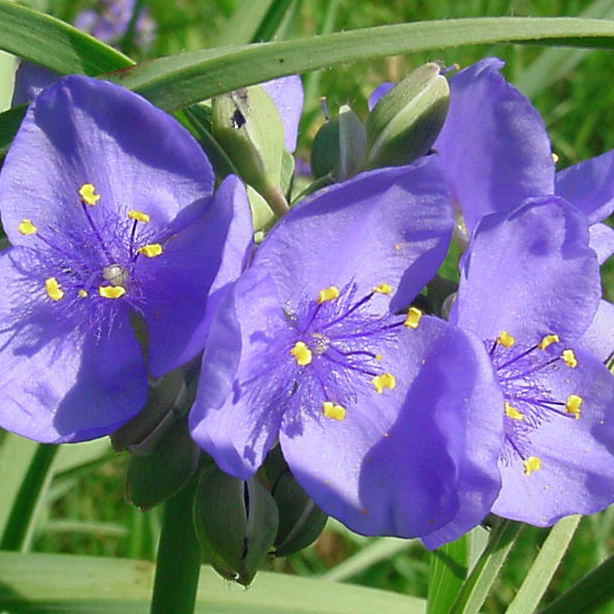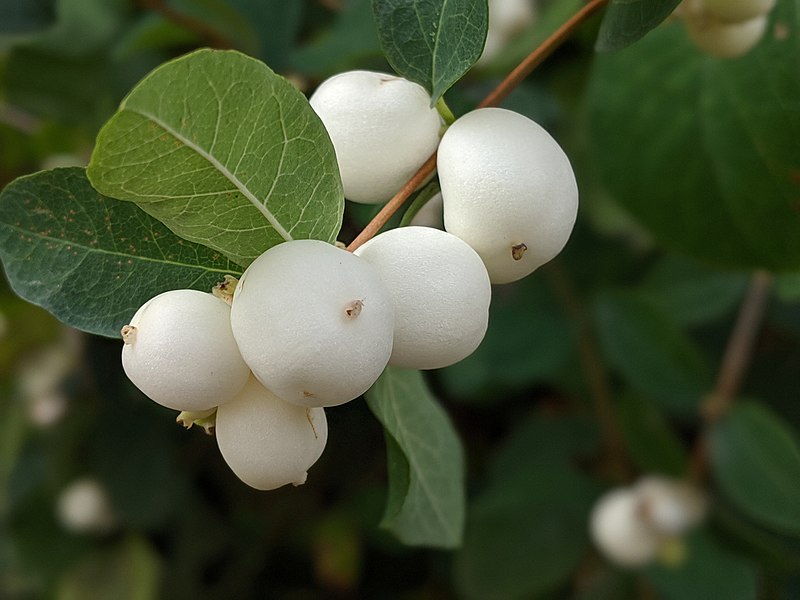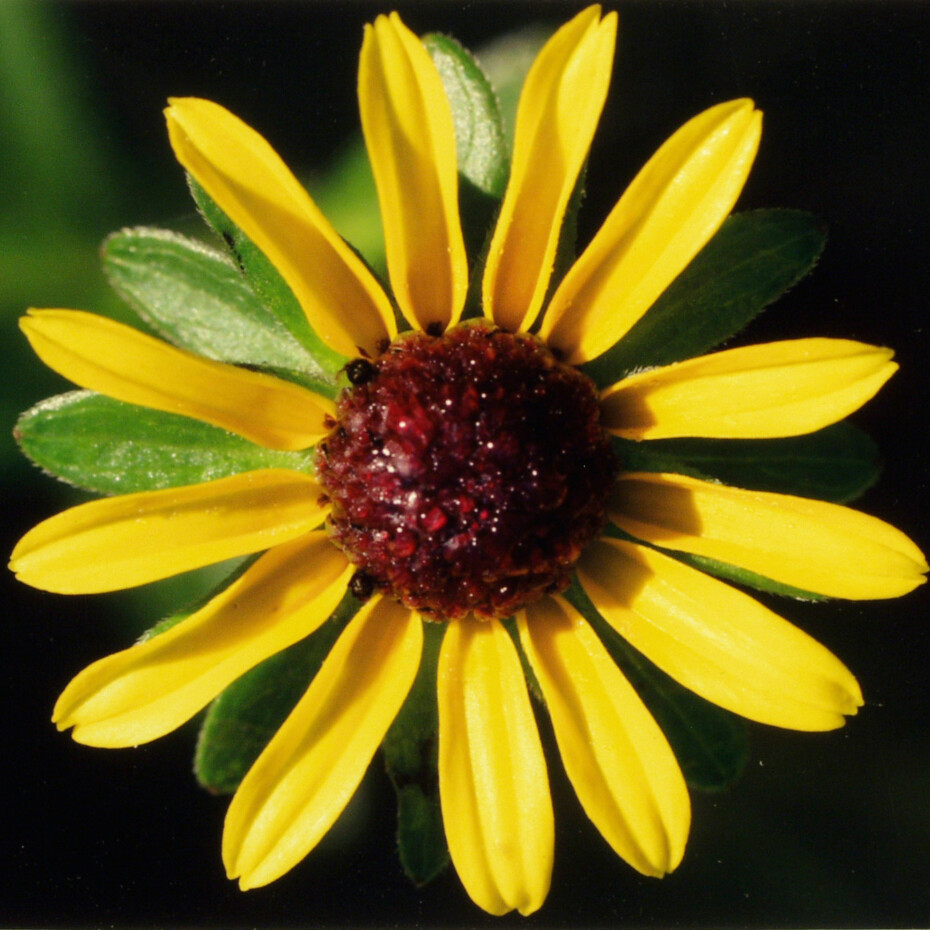1
New plantings need regular watering until established. Trees take weekly watering for years, especially in droughts.
2
Disturb your garden soil as little as possible, as it invites weed growth from the existing soil seed bank. Instead of pulling out weeds, try clipping them at their base.
3
Some plants may not make it. Be prepared to plant replacements and note which plants are flourishing for future planting.



4
When flowers are finished blooming, leave the seed heads for birds and other seedeaters. Seed heads also provide texture and winter interest.
5
Old plant stems provide a place for many wild bees to lay eggs that will hatch into next year’s pollinators. Simply cut them to 15” or so.
6
Leave the leaves! Minimal fall clean up is needed. Leaf litter in your garden provides nutrition and shelter for overwintering butterfly chrysalises and eggs.
7
Share your extras with others! Seed swaps and plant giveaways are an economical way people can obtain native plants and grow in native plant knowledge.
8
The connections between native plants and wildlife provide for year-round nature watching. It’s no wonder gardening is an important mental health activity!
9
Be patient! Since most plants in native garden designs are perennials, they may take more time to get established in your garden and may flower for a shorter period of time than annuals. The saying “first year they sleep, second year they creep and third year they leap” describes perennial life cycles.
The wait is well worth it! While a native garden may take more time and a few more steps to establish, the rewards are great. Natural landscapes are dynamic, diverse and highly attractive to birds, pollinators and other wildlife.
